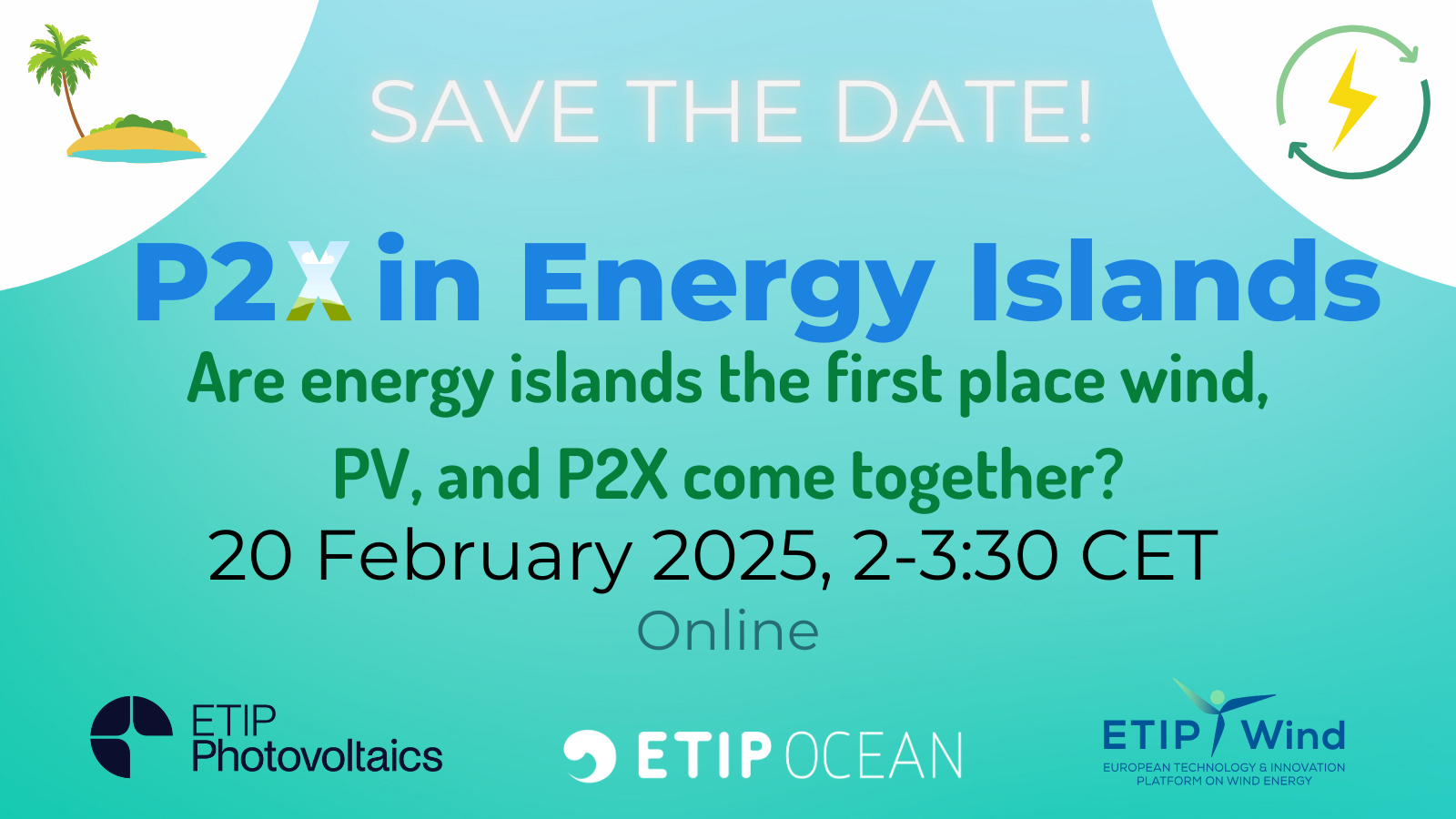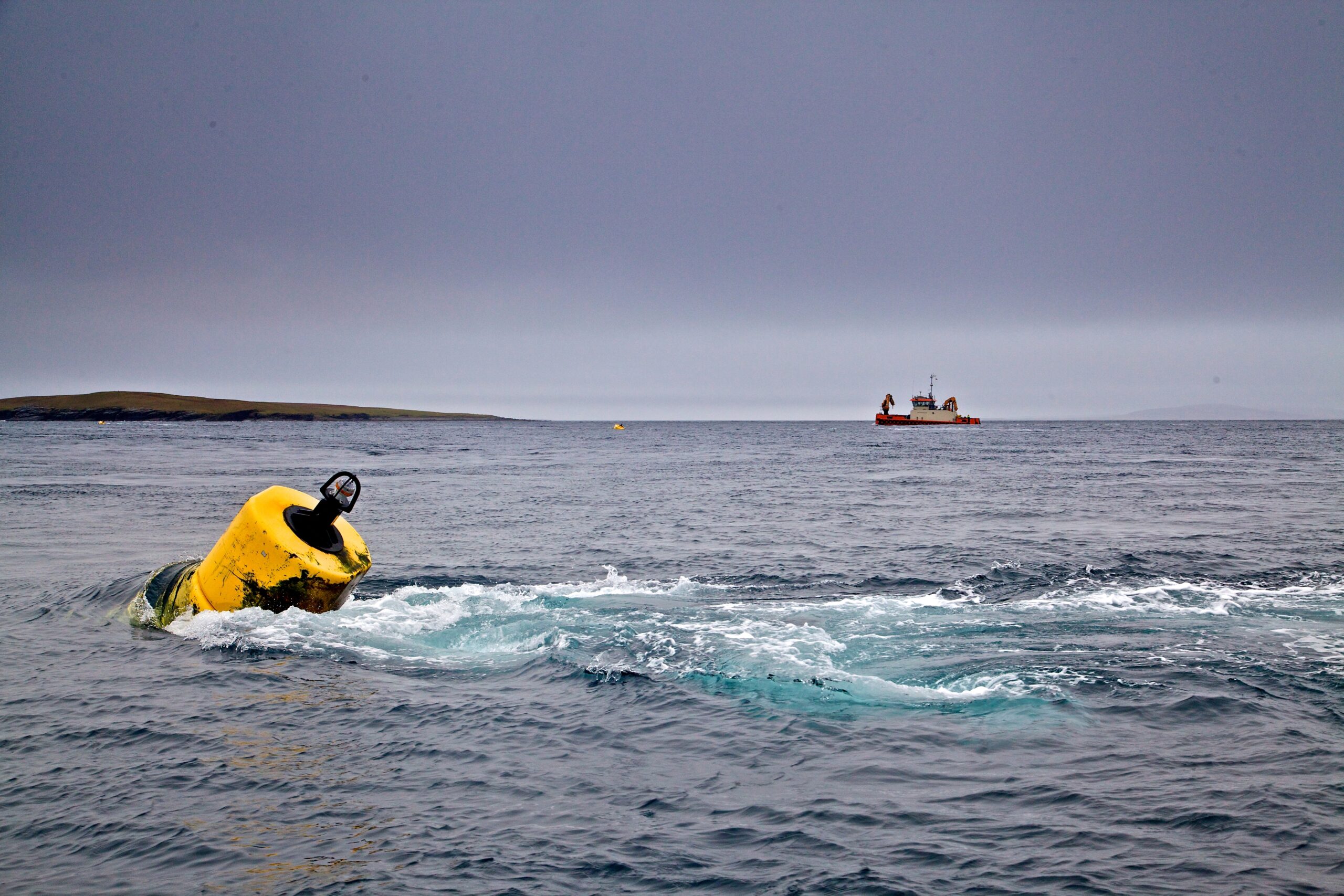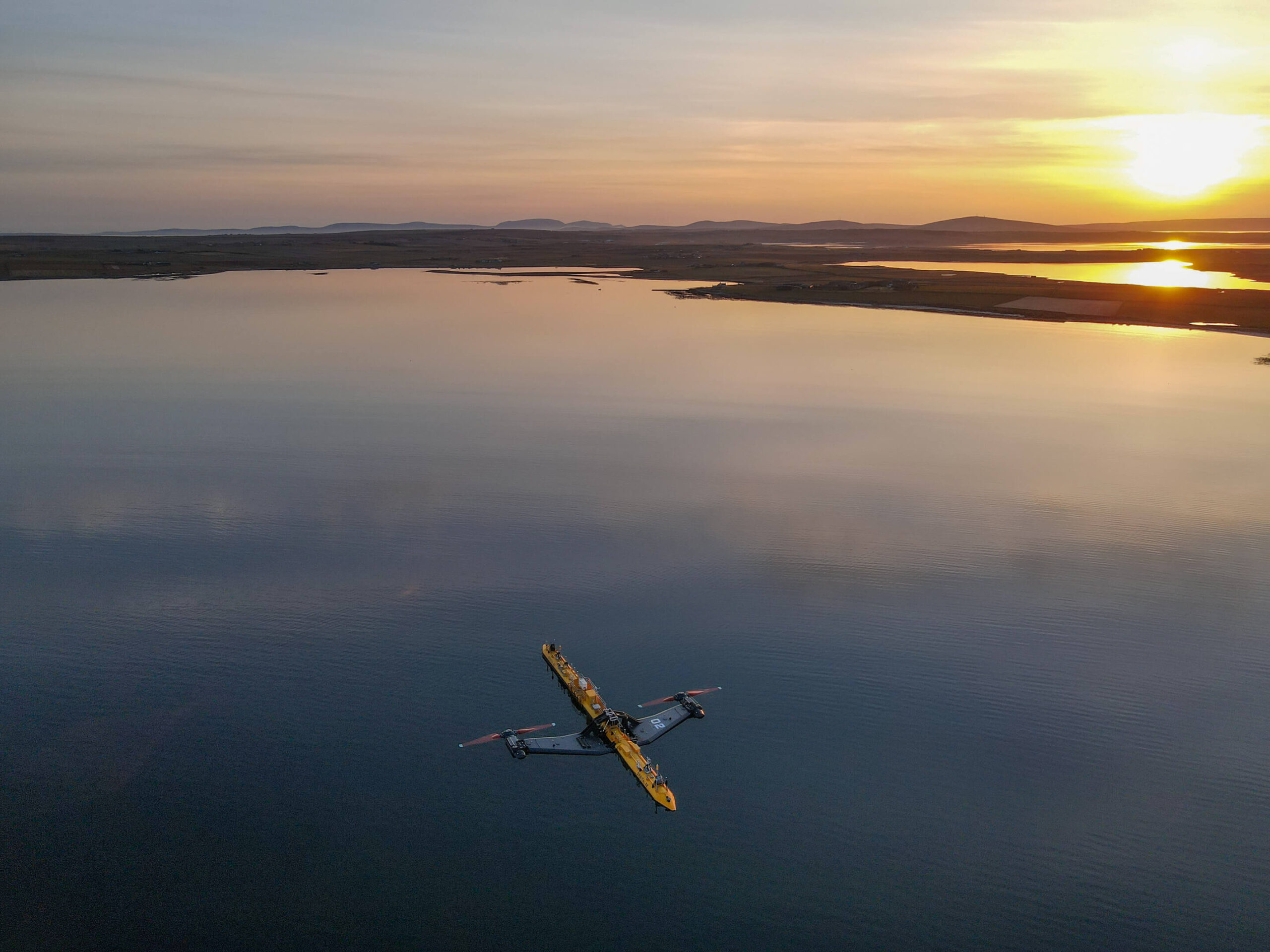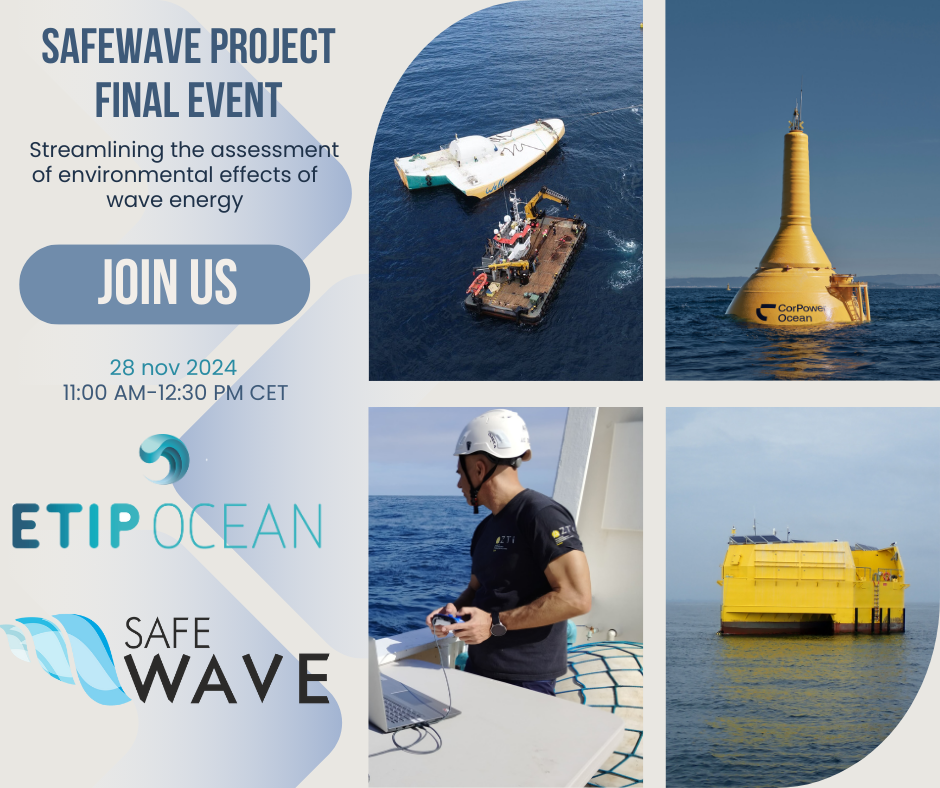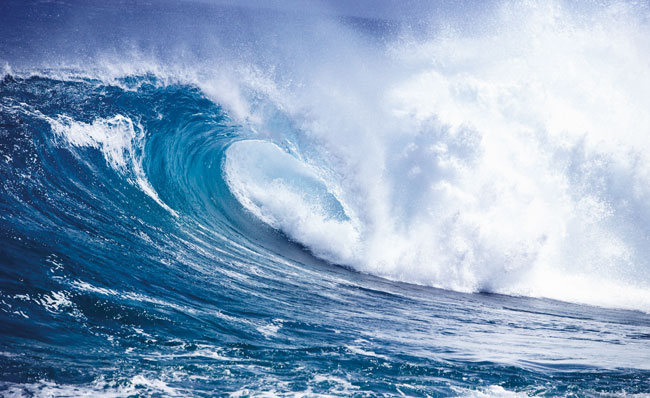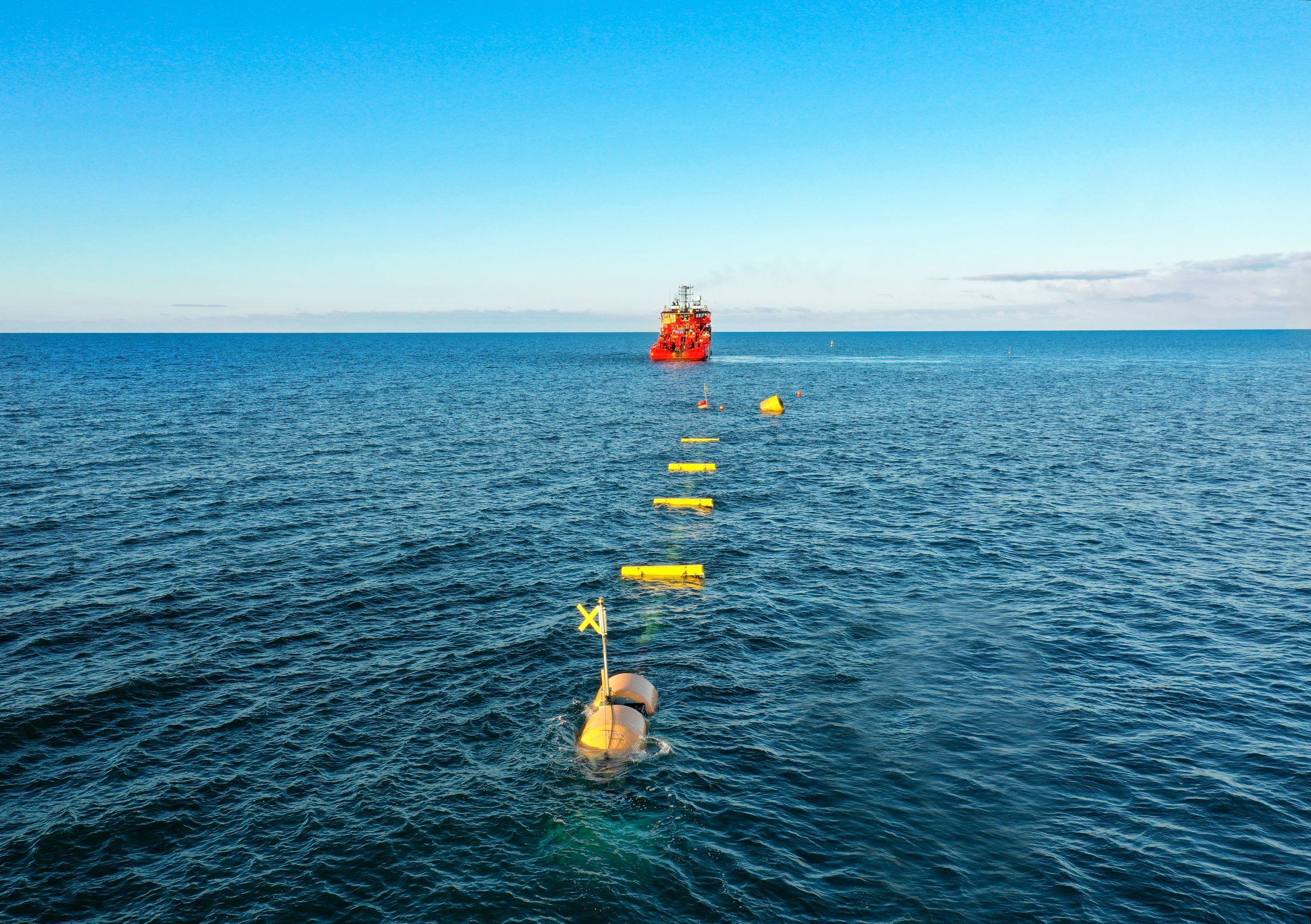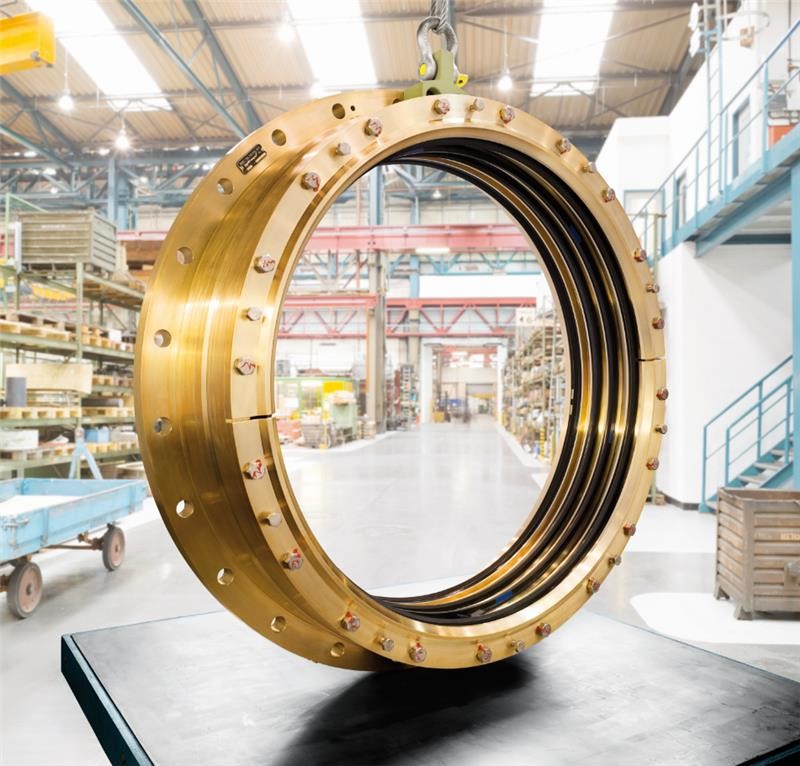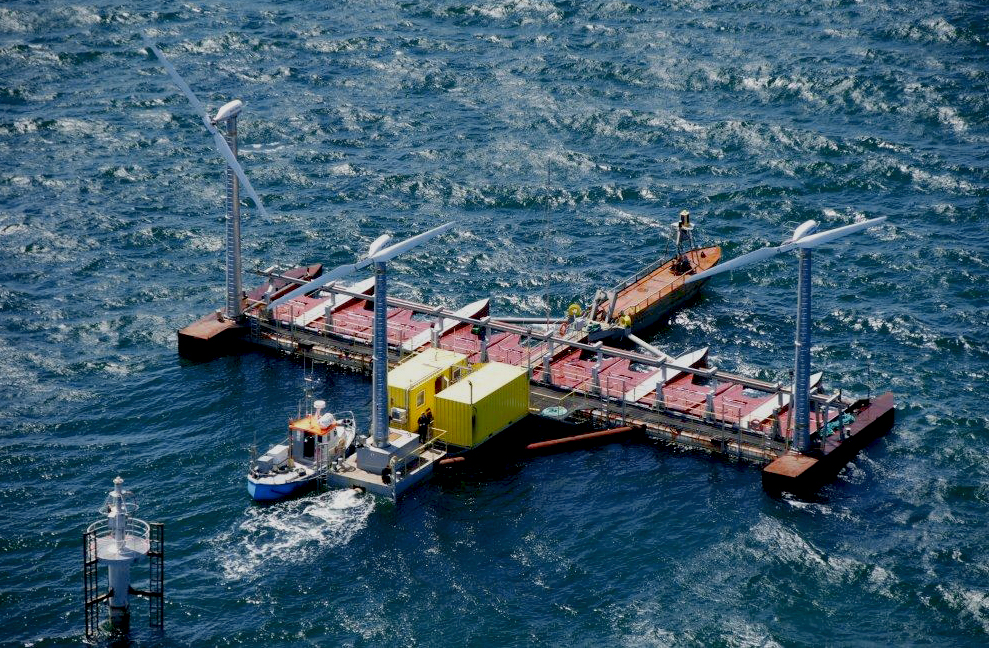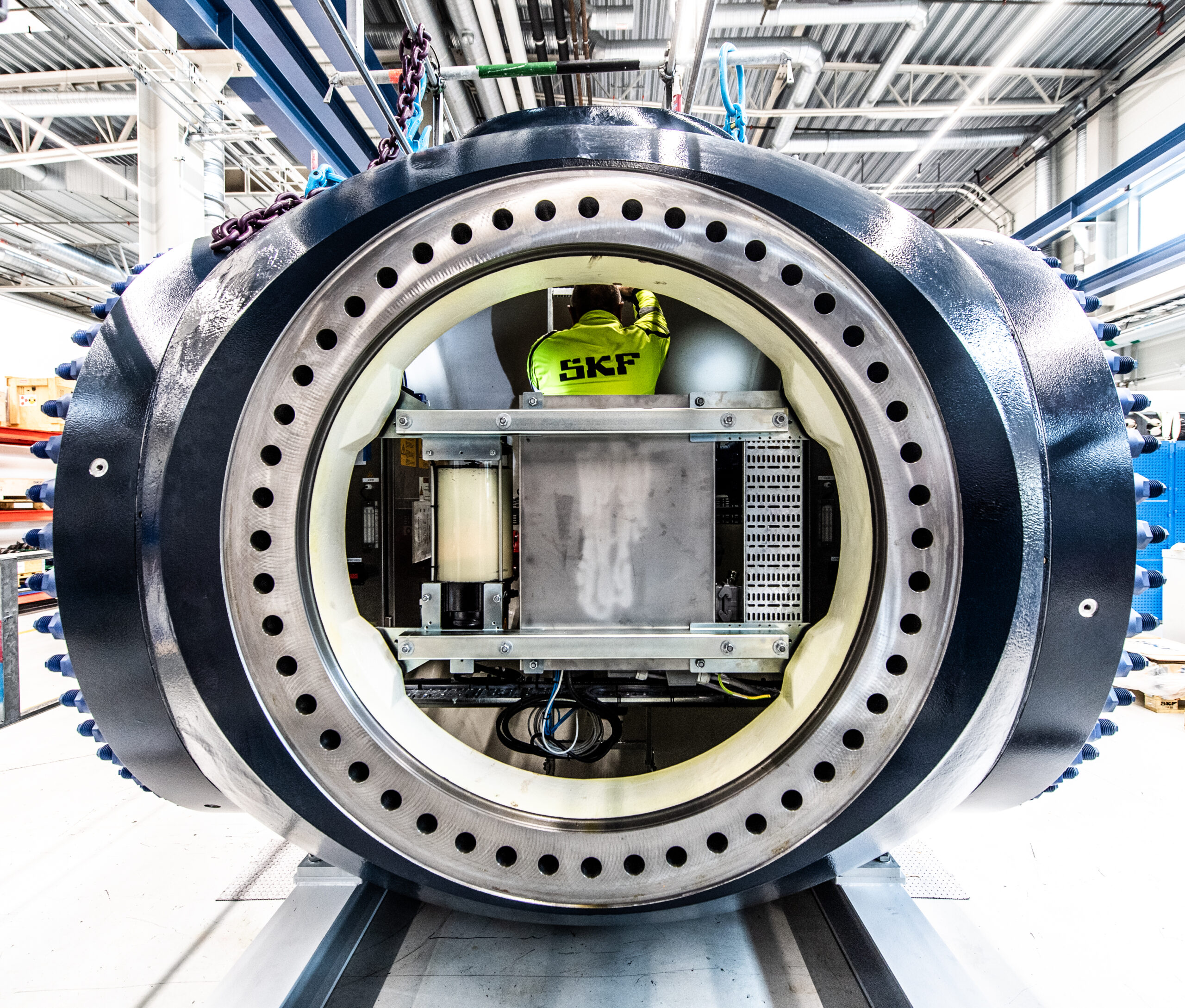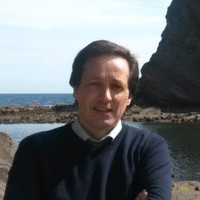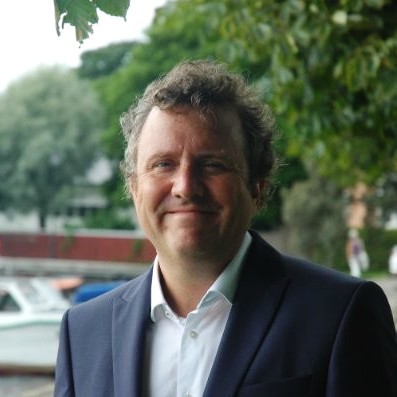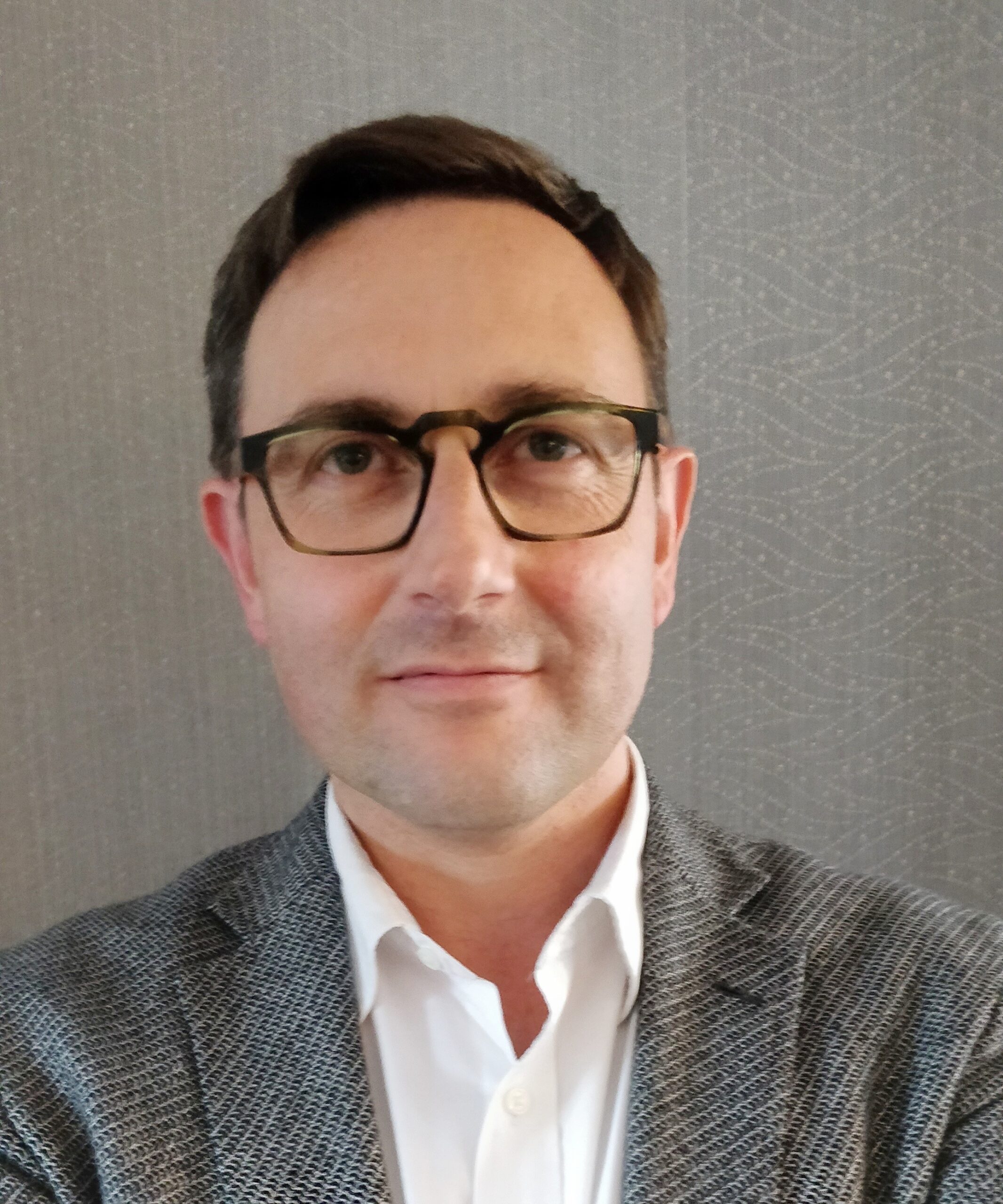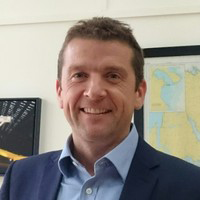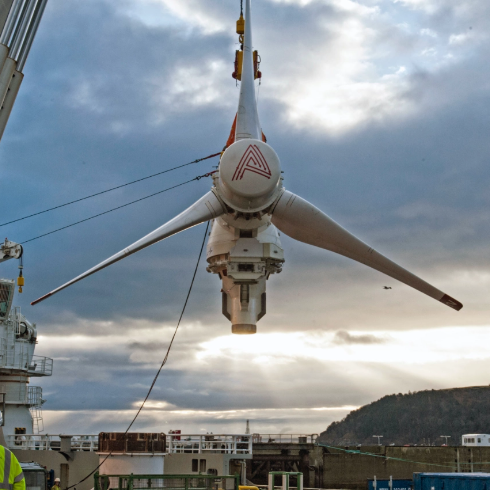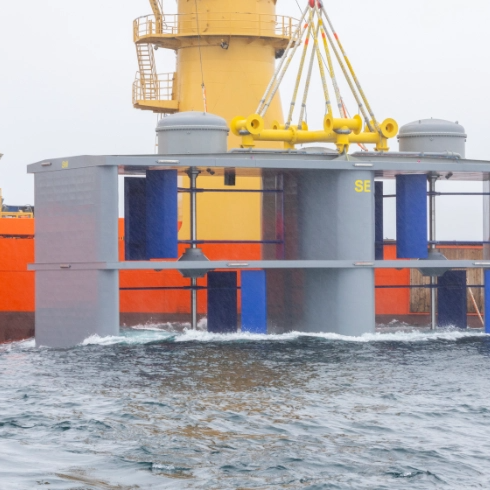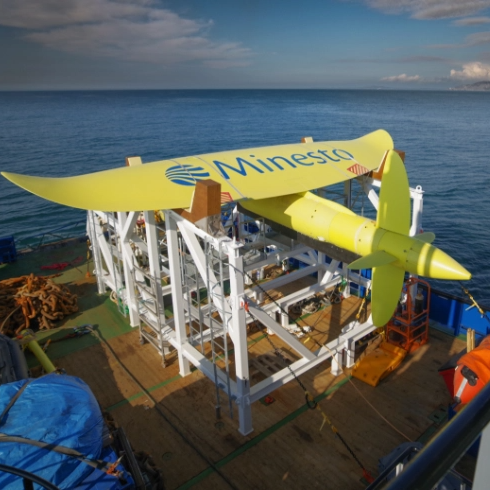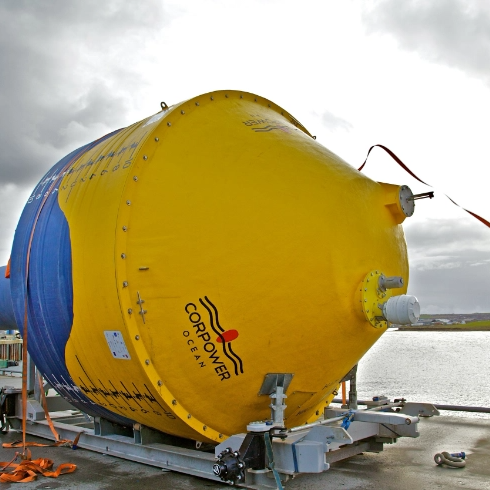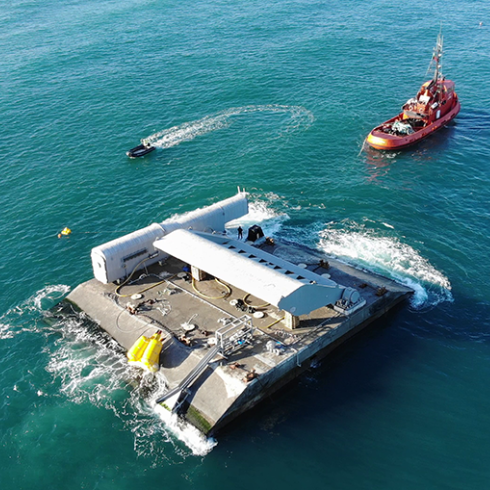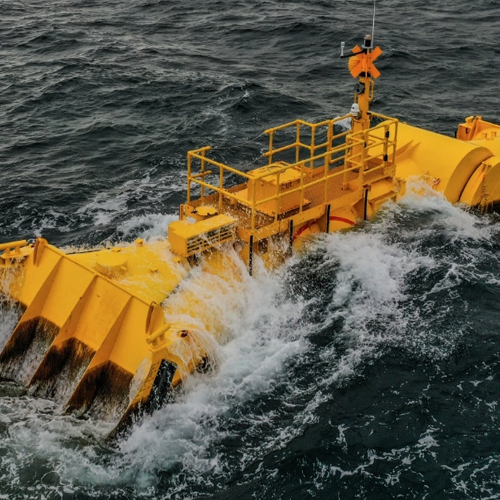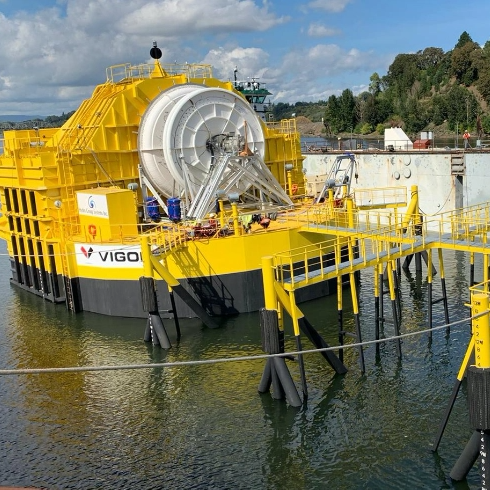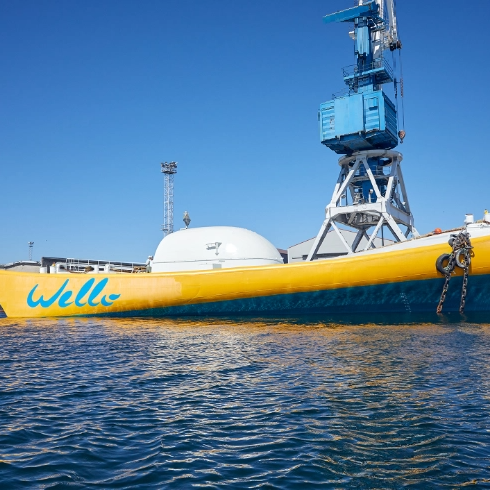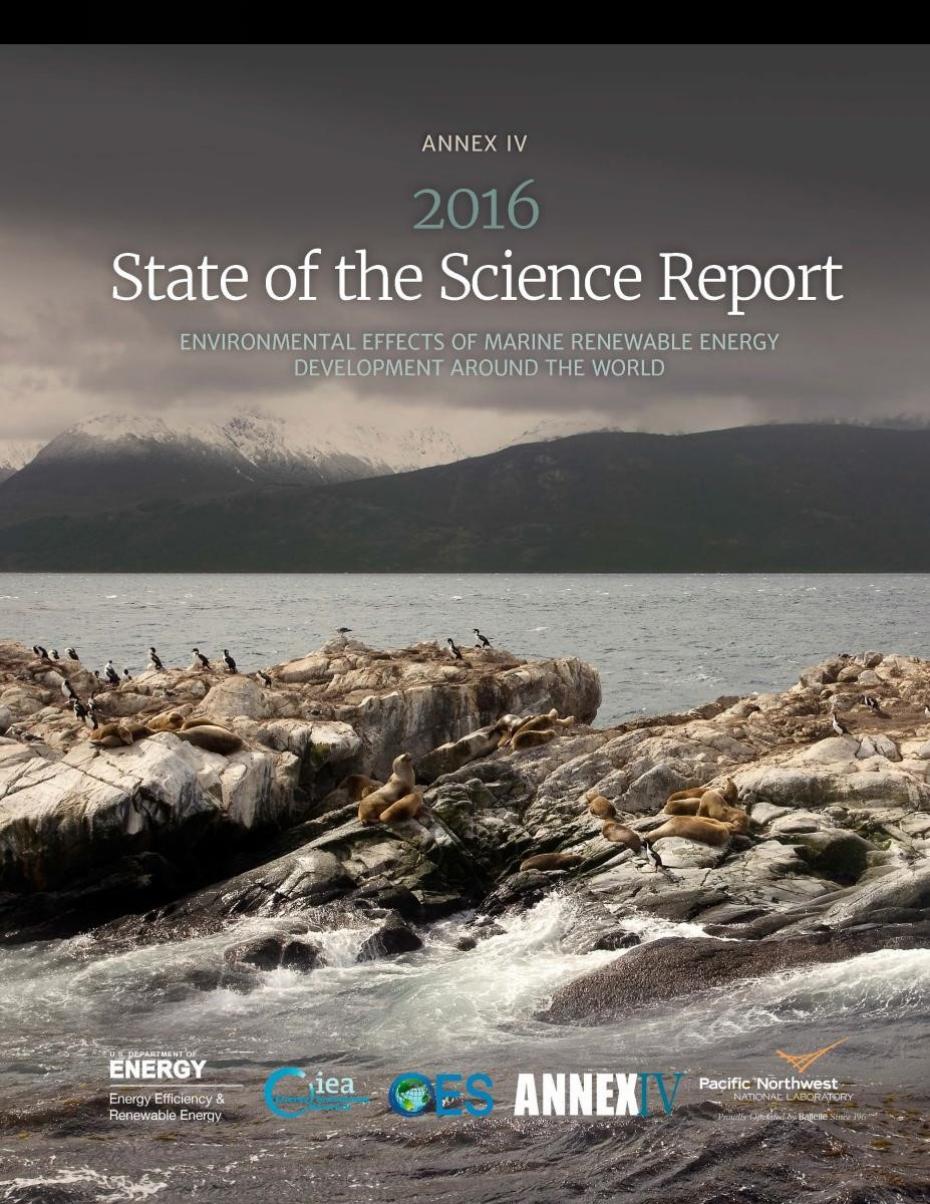& Events
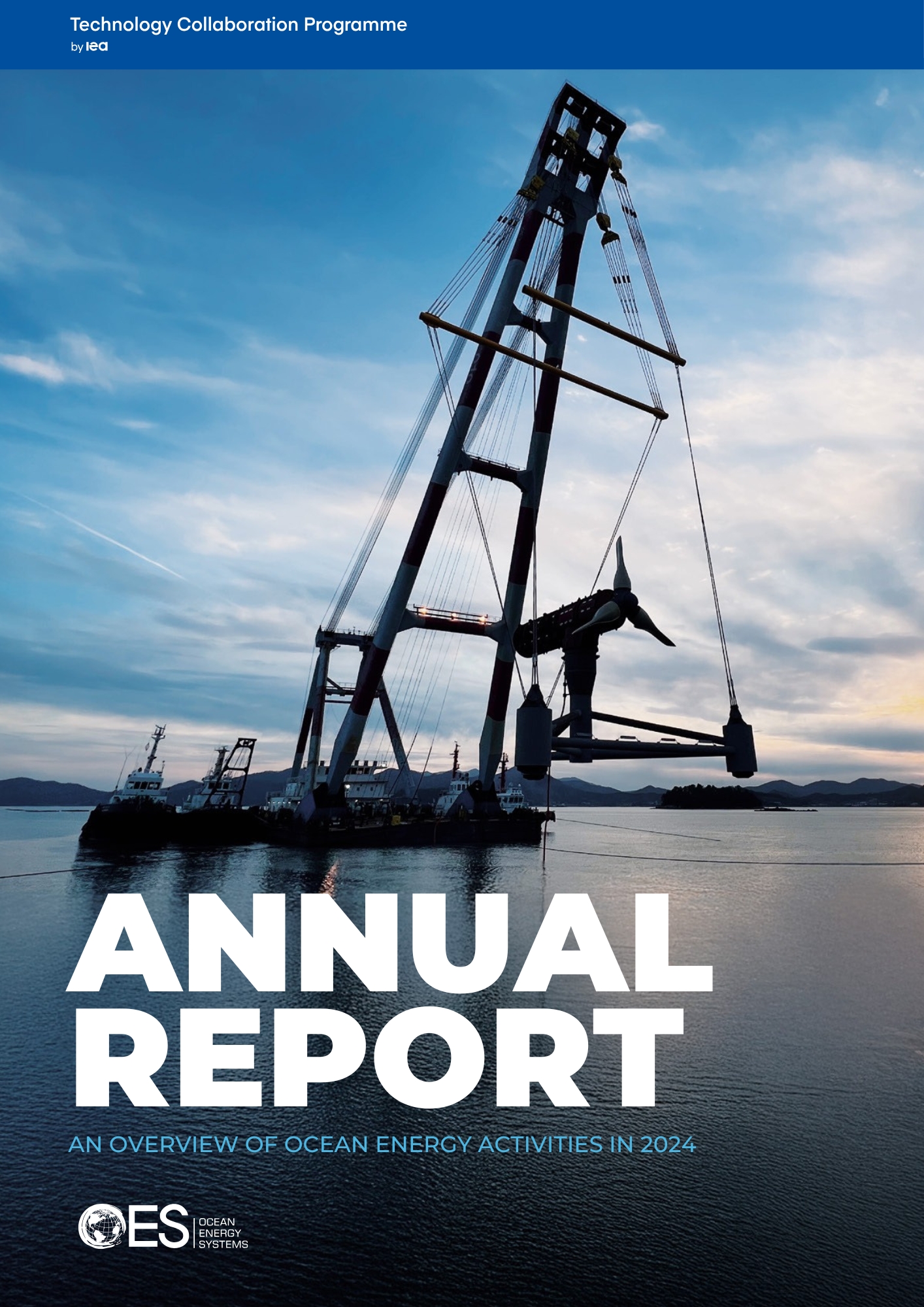 Finance Policy Technology
Finance Policy Technology
OES Annual Report 2024
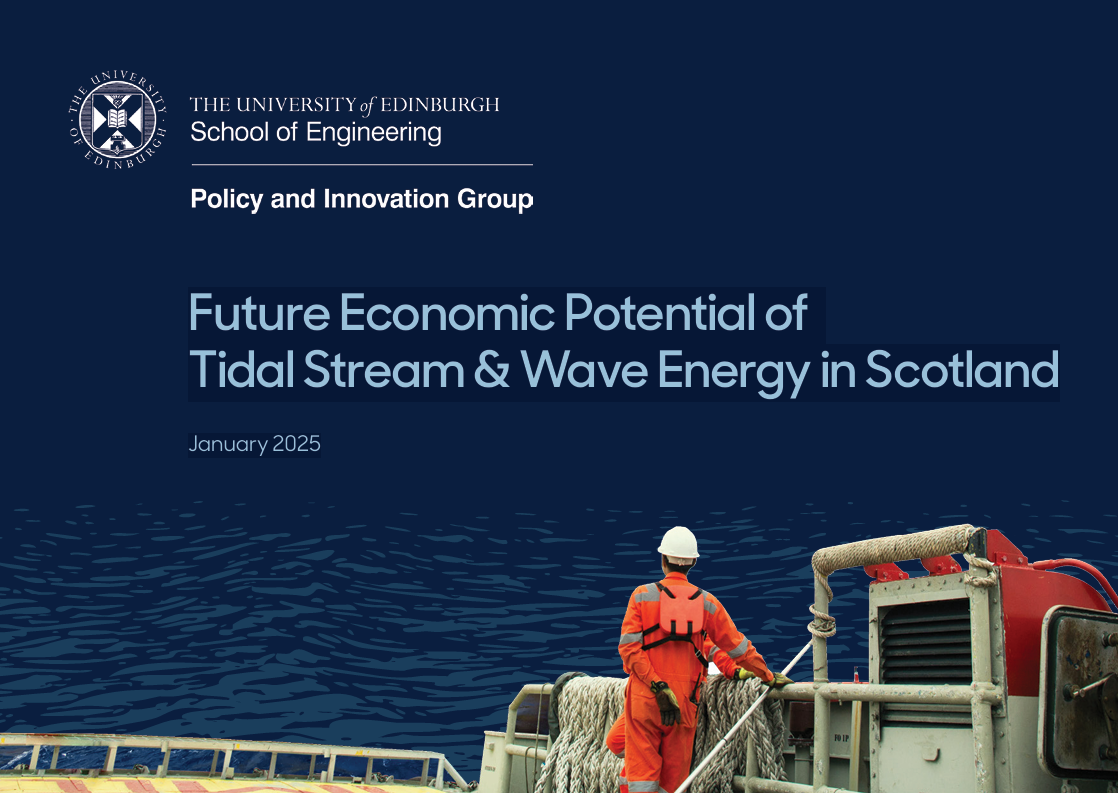 Finance Policy Socio-economic Technology
Finance Policy Socio-economic Technology
Future Economic Potential of Tidal Stream & Wave Energy in Scotland – January 2025
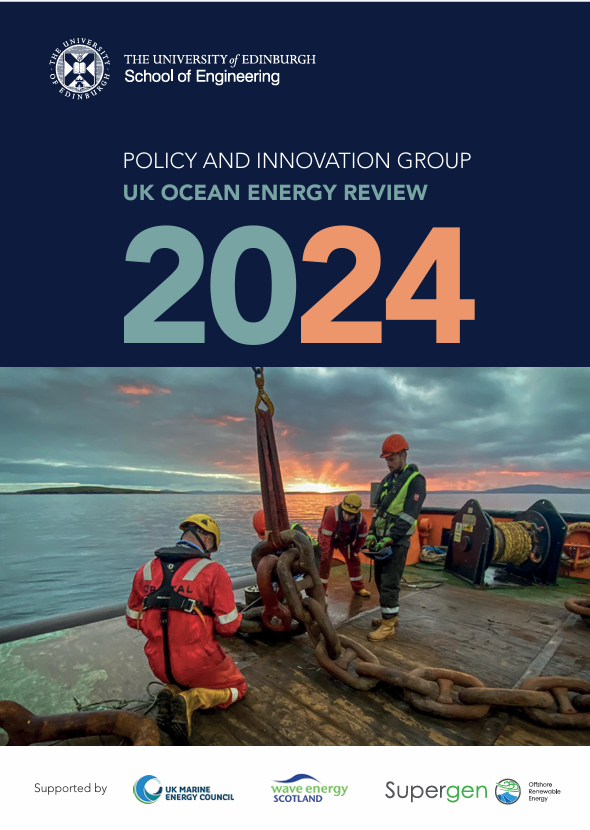 Finance Policy Technology
Finance Policy Technology
2024 UK Ocean Energy Review: A Year of Marked Progress
 Finance Policy Technology
Finance Policy Technology
OES Annual Report 2024
 Finance Policy Socio-economic Technology
Finance Policy Socio-economic Technology
Future Economic Potential of Tidal Stream & Wave Energy in Scotland – January 2025
 Finance Policy Technology
Finance Policy Technology
2024 UK Ocean Energy Review: A Year of Marked Progress
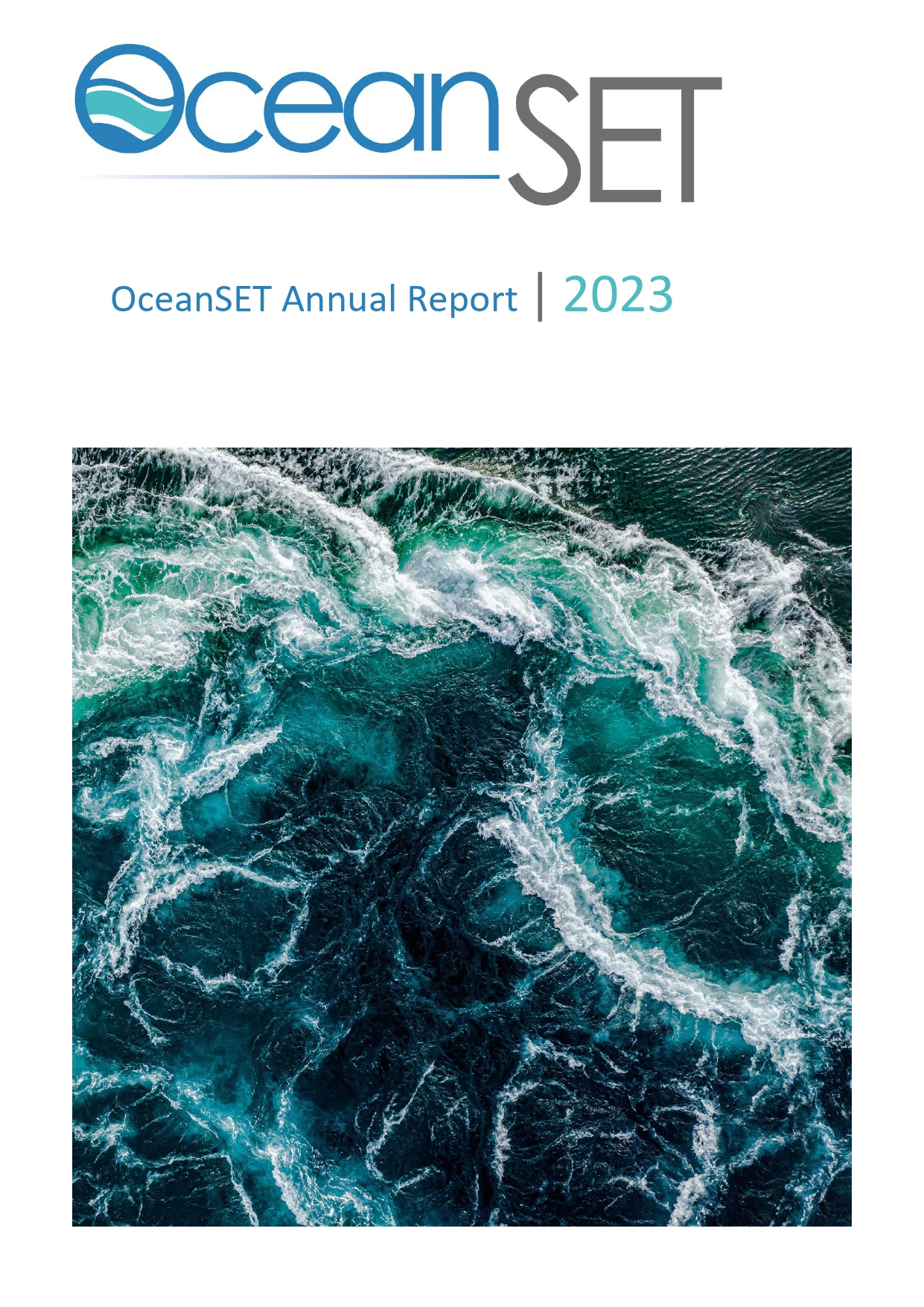 Consenting Finance Policy Technology
Consenting Finance Policy Technology
OceanSET Annual Report 2023
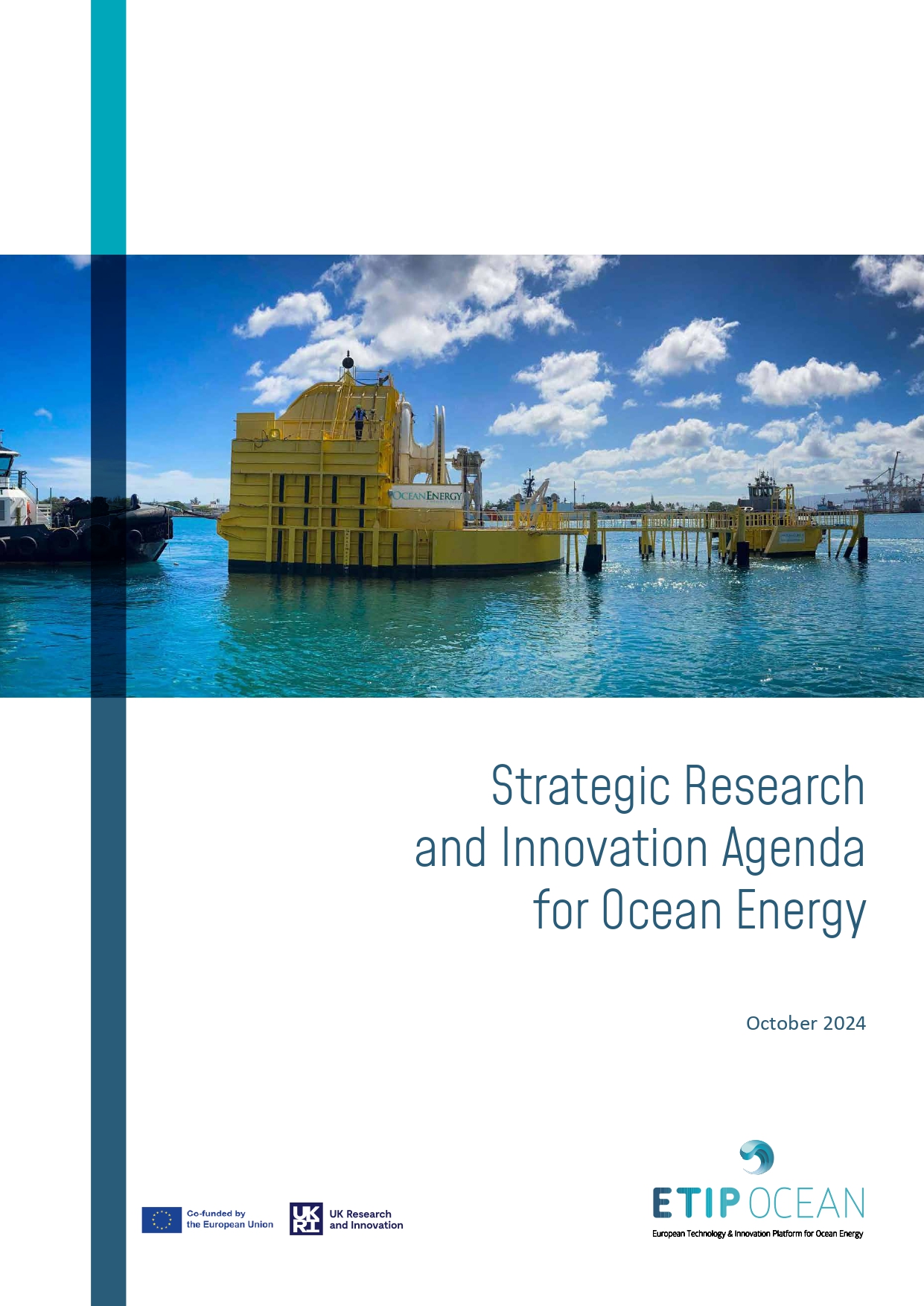 ETIP Ocean publications Finance Technology
ETIP Ocean publications Finance Technology
2024 Strategic Research & Innovation Agenda
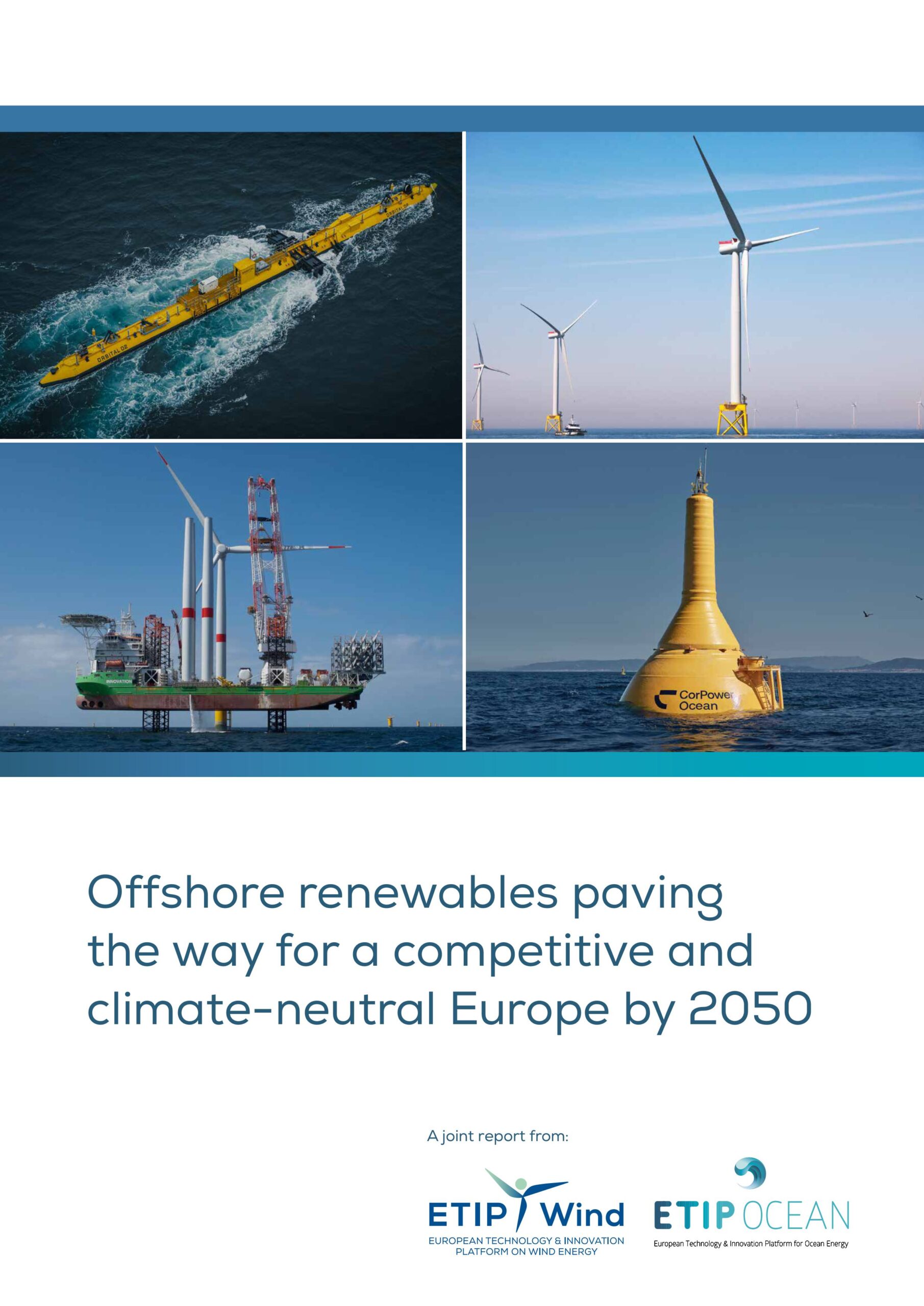 Policy Technology
Policy Technology
Offshore renewables paving the way for a competitive climate-neutral Europe by 2050
Ocean Energy Stats & Trends 2023
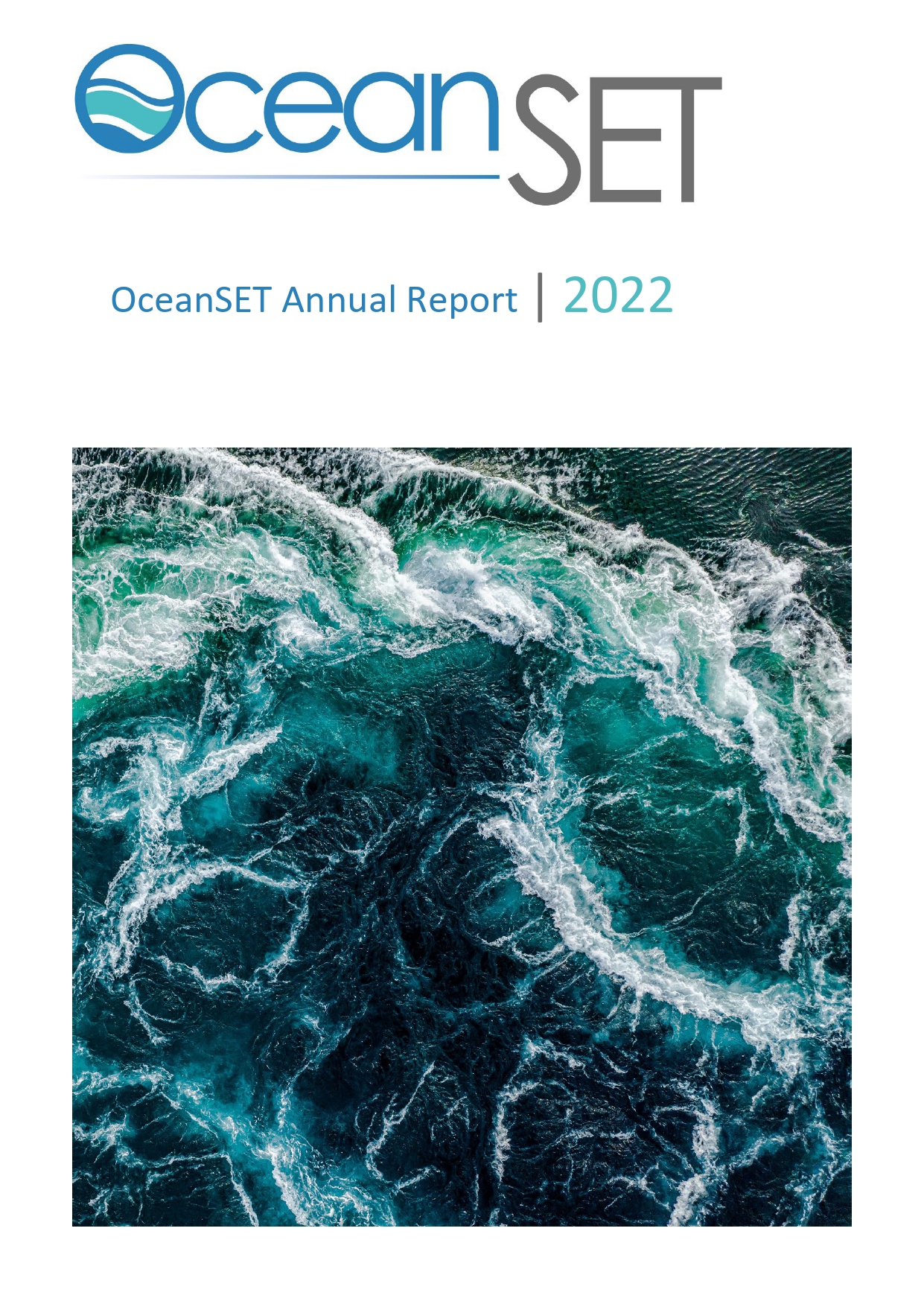 Consenting Environment Finance Policy Technology
Consenting Environment Finance Policy Technology
OceanSET Annual Report 2022
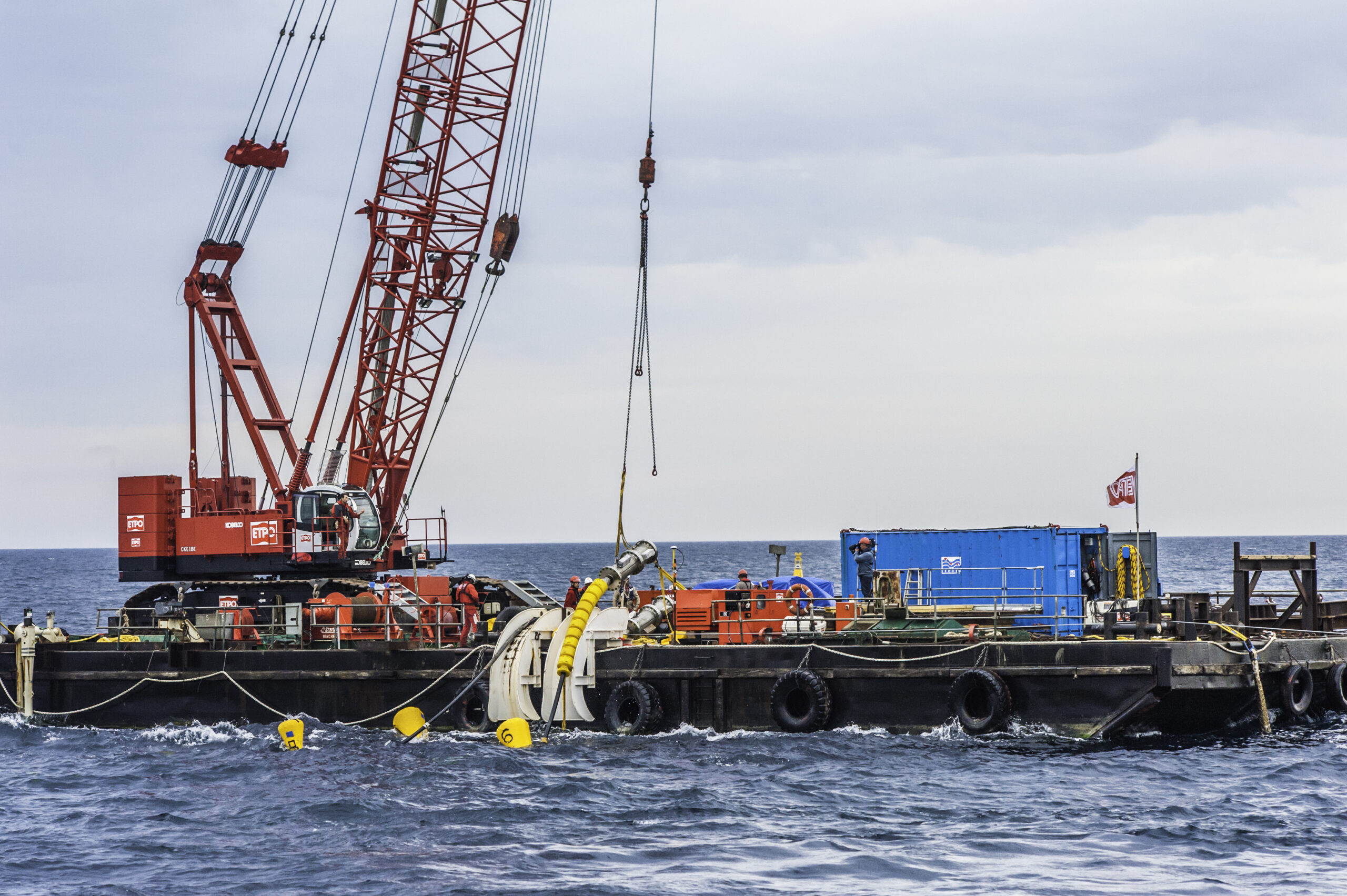 ETIP Ocean publications Technology
ETIP Ocean publications Technology
Report on infrastructural and industrial production requirements
